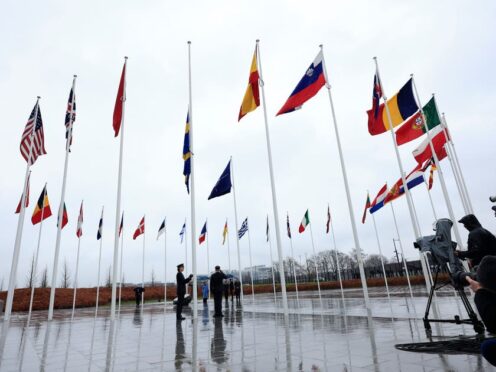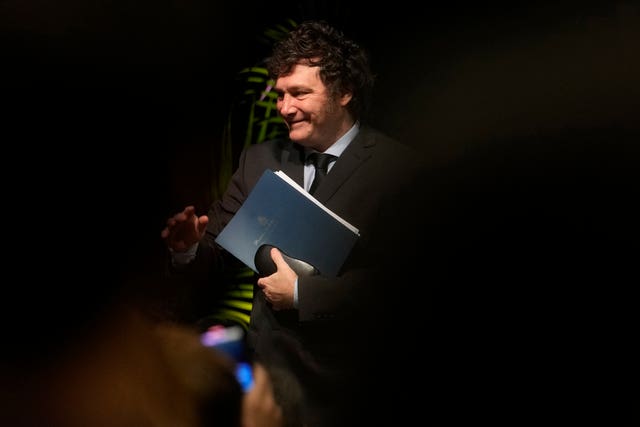
Argentina formally requested to join NATO on Thursday as a global partner, a status that would facilitate greater political and security cooperation.
President Javier Milei’s right-wing government aims to boost ties with Western powers and attract investment.
The request came as Nato’s deputy general secretary Mircea Geoana discussed regional security challenges with Argentine defence minister Luis Petri, who was visiting Brussels.
Mr Geoana said he welcomed Argentina’s bid to become an accredited partner in the alliance — a valued role short of “ally” for nations not in Nato’s geographical area and not required to participate in collective military actions.

Nato membership is currently limited to European countries, Turkey, Canada, and the United States.
The designation could allow Argentina access to advanced technology, security systems, and training that was not previously available to it, the Argentine presidency said.
“Argentina plays an important role in Latin America,” Mr Geoana said at the Nato headquarters.
“Closer political and practical cooperation could benefit us both.”
Mr Milei has been pushing a radical libertarian agenda aimed at reversing years of protectionist trade measures, overspending and crippling international debt that has plunged the country’s economy into a tailspin.
Over his past four months as president, he has reshaped Argentina’s foreign policy to almost unconditional support for the United States.
This is part of an effort to return Argentina to prominence in the global economy after past administrations allowed relations with Washington and European allies to wither.
Mr Milei’s government also seeks security benefits through warming ties with Western countries.
On Thursday, the US government announced it was providing Argentina with 40 million dollars (£32 million) in foreign military financing for the first time in more than two decades — a grant that allows key US allies like Israel to buy American weaponry.
The funds, intended to help Argentina equip and modernise its military, will help foot the bill for 24 American F-16 fighter aircraft Argentina bought from Denmark earlier this week.
Defence minister Mr Petri hailed the acquisition of the advanced warplanes as “the most important military purchase since Argentina’s return to democracy” in 1983. The 300 million dollar (£241 million) price tag has drawn criticism from Mr Milei’s political opponents as he slashes spending across the government.
Formally partnering with Nato requires the consensus of all 32 Nato members.
Argentina’s ties to key Nato ally Britain have been fraught since 1982 when the two went to war over the contested Falkland Islands in the South Atlantic.
Other global partners of the alliance include Afghanistan, Australia, Iraq, Japan, the Republic of Korea, Mongolia, New Zealand, and Pakistan. Currently, the only Nato partner in Latin America is Colombia.

Enjoy the convenience of having The Sunday Post delivered as a digital ePaper straight to your smartphone, tablet or computer.
Subscribe for only £5.49 a month and enjoy all the benefits of the printed paper as a digital replica.
Subscribe